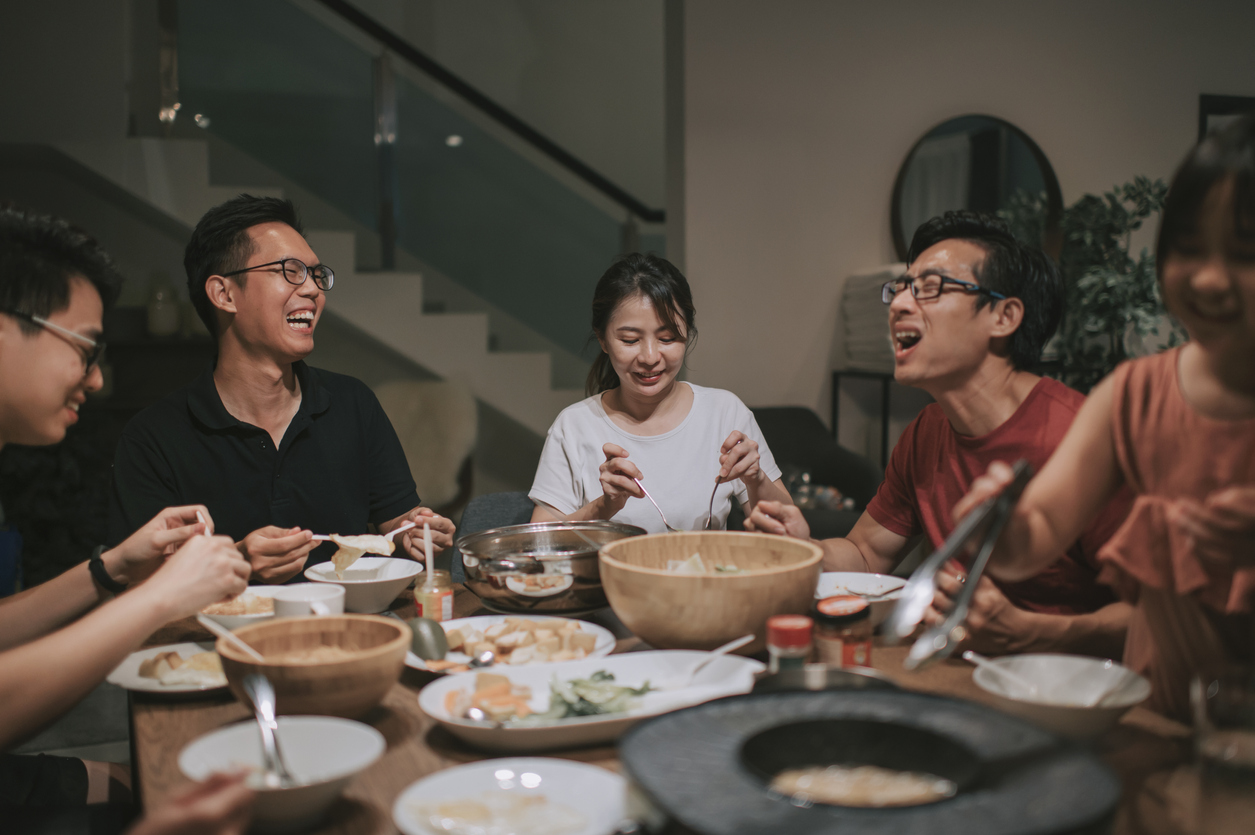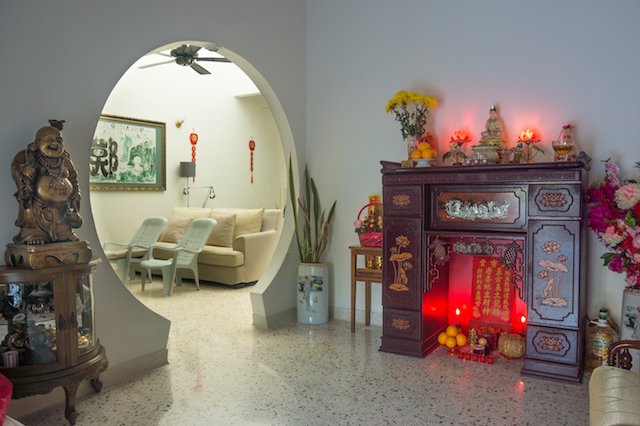Chinese Home Visits: The Dos and Donts
Visiting a Chinese Family
There is a Chinese idiom –宾至如归(bin zhi ru gui)–that translates to “when guests arrive, they feel as if they have reached home”. Indeed, the idea of making a guest feel at home is very much ingrained in the Chinese culture.
Greeting the elders
Even though many Chinese families in Singapore have adopted a more modern mindset, the Confucian value of filial piety is still widely upheld. Elders are accorded great respect in the household and are looked up to for their wisdom and experience in life.
When visiting a Chinese family, it is good manners to greet everyone in the house upon arrival – starting with the elders.
Bringing gifts
In the Chinese culture, bringing a gift indicates respect and symbolises the desire to build a good relationship.
Choosing the right present, though, may be a little daunting for the uninitiated, as quite a few items are considered taboo as gifts to the Chinese. A clock, for instance, should not be gifted as the Chinese words describing the act of giving a clock –送钟(song zhong)– sound like the phrase that means “paying one’s last respect at a funeral”.
Other examples are scissors, which signal the intention to sever a relationship, and pear. The latter is not suitable for couples because the Chinese word for it –梨(li)–is pronounced the same way as the word that means “separation”.
On the other hand, dessert items, such as cakes and egg tarts, seasonal fruits and wine for pairing with dinner make good gifts.
Besides the gift, the wrapper is important as well. It cannot be black, blue or white in colour, as these are associated with mourning the loss of a life. Consider using a red, pink or gold wrapper as these hues represent auspiciousness.
With the content and wrapping sorted out, the last step is to present the gift politely –with both hands.
Table manners
 (source: https://www.istockphoto.com/photo/an-asian-chinese-families-and-friends-having-night-dinner-gathering-at-home-with-gm1266081950-371052918)
(source: https://www.istockphoto.com/photo/an-asian-chinese-families-and-friends-having-night-dinner-gathering-at-home-with-gm1266081950-371052918)
If the home visit includes having a meal, knowing basic Chinese dining etiquette would be helpful.
The first thingto note is that at the dinner table, everyone waits for the most senior member of the family to start eating before tucking in, as an act of respect. In the more traditional families, juniors would address their elders, inviting them to partake of the meal.
Usually, the meal consists of shared dishes placed at the centre of the table, with a bowl of rice for each person. The correct way to eat is to pick up the bowl using one hand, with the thumb at the top of the bowl and the first, middle and ring fingers supporting the bottom. The other hand can then be used to hold the chopsticks or a spoon.
Leaving the bowl on the table and bending down to eat is considered bad table manners.
Another thing that is frowned upon is sticking one’s chopsticks vertically in a bowl of rice, which is reminiscent of joss sticks being offered to the dead. When not in use during the meal, chopsticks are usually placed on a chopstick holder or, in the absence of one, on the table, next to the bowl.
While it is hard to masterthe art of using chopsticks, stabbing at pieces of food or skewering them with the chopsticks is considered bad form. If eating with this signature Chinese tool proves too difficult, it may be a better idea to ask the host for a fork and a spoon instead. Most Chinese hosts would understand and try to make their guests feel as comfortable as possible.
Though it seems instinctive that finishing the food on the table is the best compliment to the chef at home, eating the last morsels on the communal plates is traditionally not a welcome practice in Chinese culture. It signals that the amount of food prepared is insufficient, causing embarrassment to the host.
This view is, however, gradually changing with the times, especially with the increasing awareness of food waste. It is, therefore, best to follow the lead of the host.
Being careful around home altars
 (source: https://www.shutterstock.com/image-photo/melakamalaysia1911-view-inside-chinese-family-house-1408767929)
(source: https://www.shutterstock.com/image-photo/melakamalaysia1911-view-inside-chinese-family-house-1408767929)
While not all Chinese families are religious, some Chinese homes have dedicated altars or shelves where statues of deities and ancestor tablets are displayed. As these are sacred spaces for worship, guests are expected to be respectful around them.
This could mean, for example, being careful not to leave personal belongings such as mobile phones or wallets on a home altar, even if it is just for a short while, or making sure not to spill any drink around the area.
Guests with young children will do well to ensure that they do not play around these spaces too.

